Editor – John Grafman

Dan Akerson, CEO of GM, photo credit: Stuart Isett/FORTUNE Brainstorm Green
Like it or not, we are in a race to save our very lives. The starting gun was fired years ago, and we aren’t entirely sure where the finish line is, or when the time on the clock will run-down. But make no mistake; we are clearly in challenge unlike any other that man has created before. The $64,000 question remains, can civilization move the needle back enough to preserve the eco-system as we know it?
How can we change our course, and get on a different path? A path that allows us to continue to progress, yet treads lighter on our world.
Sure, we can wait until the up and back quibbling of global policy comes up with regulations, but by that time we might be well past the tipping point. Maybe this could be, or dare we say should be approached in a different manner.
Fortune Brainstorm Green is one of a handful of events geared towards movers and shakers, and encouraging change in a positive manner. If you bring together companies that shape our world, and provide a platform for open discussion and inspiration there’s a chance that something will spark. Hell, it’s got to be worth trying, as the other approaches aren’t exactly moving at lightspeed. The question remains, does this grand experiment work?
Brainstorm Green Sessions
Perhaps emblematic of the changes afoot is sitting in the courtyard of the Ritz-Carlton, which sits on the edge of the Pacific Ocean in Laguna-Niguel. Gleaming like a beacon of hope is the upcoming Cadillac ELR preproduction coupe. GM and Cadillac have another hit on their hands with this one. This combines the charisma of Cadillac with the efficiency of the Chevrolet Volt. The dynamic looks come with very little changes from the concept car shown just a few years back. The interior is stylish and has a dynamic instrumentation. This goes hand-in-hand with what many of the speakers are preaching. Going green and being sustainable doesn’t have to be painful. In the case of the 2014 Cadillac ELR one could say it looks electric.

Andy Serwer, Managing Editor at Fortune, photo credit: Stuart Isett/FORTUNE Brainstorm Green
Over the three days each speaker or panel spins tales of how we need to change, and how each company being represented is addressing the issue of sustainability. Spread across 44.5 hours the colorful mosaic of information all begins to take shape. It really wasn’t as obvious on the first few sessions, as we are a little too involved with each particular story to see the big picture. Or, it’s perhaps because each person on stage is so mesmerizing.
Let’s face it, when the lead off session includes Harrison Ford speaking on the behalf of Conservation International it’s hard not to be a little awe struck.

Harrison Ford, Actor/Activist, photo credit: Stuart Isett/FORTUNE Brainstorm Green
Nevertheless, when Dan Akerson, Chairman and CEO of GM, talks – we listen. And the same holds true with Bob McDonald, the Chairman, CEO, and President of Procter & Gamble, as well as numerous other extraordinary executives. In looking at each of the fifteen to thirty minute sessions the couple hundred in attendance are treated to a glimpse of the efforts being made. But, the totality of the conference isn’t about these success stories, even though they do deserve kudos.
Dan Akerson sums up the feelings of most in attendance. He reflects, “I was asked in the first public exchange I had with the press (as CEO) and someone said, do you believe in global warming? And I said, it’s kind of hard to refute it. Man did I get a blast. And you can’t argue opinions without facts. And it’s pretty hard not to be convinced that something is going on in the world. And if it’s not climate, it’s the impact that humans are having on society”.

Dan Akerson, CEO of GM, photo credit: Stuart Isett/FORTUNE Brainstorm Green
In each presentation we are enlightened numerous times by massive undertakings to change companies, and ultimately the world we live in. And those are good things. But, in each and every case there is one common thread. This comes down to personal commitment from the top down. Regardless of the size, the only reason any of the sustainable projects happen is because there is one individual that’s willing to draw a line in the sand. That person declares that beyond profits, we need to have a sustainable world in order for us, and business, to survive and grow.
In the case of Proctor & Gamble, the megacorporation has 25 brands, each with revenue of over a billion dollars. On the other end of the spectrum, we are treated to the presentations of four start-up companies with significantly less capital. The take away is, it really isn’t about the money; it’s about doing what’s right.

Bob McDonald, CEO/Chairman/President – Proctor & Gamble, photo credit: Stuart Isett/FORTUNE Brainstorm Green
The Stories
It’s often easier for any corporation to stay the course, even when it’s a wrong one, and refrain from thinking and acting green. That, of course, is short-term thinking. Take fishermen as an example, thinking short-term means unlimited, unregulated fishing, with greater catches and revenue today. However, if there were no fish tomorrow this would be catastrophic both to their occupation, and our ability to have fish as a food source down the road. On hand is Clarence Otis, Chairman and CEO of Darden Restaurants, and he is well aware of this. As Red Lobster is one of the corporate holdings, thinking about where the next meal comes from is imperative for sustainability.
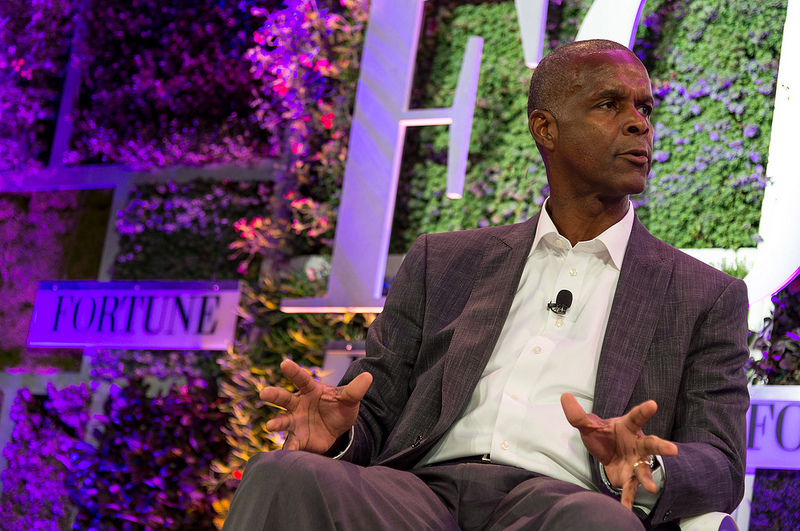
Clarence Otis, Chairman and CEO of Darden Restaurants, photo credit: Stuart Isett/FORTUNE Brainstorm Green
Nike is a leader, not a follower. It didn’t take too much research to realize that how the corporate giant makes sports shoes with little pieces of material, let alone using leather for this, creates undesirable results, extra costs, and massive waste. So, Hannah Jones, VP of Sustainability and Innovation at Nike, unleashed a secret weapon in the battle to save the planet. She enlisted the support of the company’s designers. The marching orders, create a more sustainable product line. The built-in bonus, not only can the designers do this, but they’ll make it cool in the process. Hannah tells us, Nike doesn’t market the shoes as being greener, but they let the style do the talking. It’s only a matter of time before other brands catch onto this mind-set.
John Donahoe, President and CEO of eBay, explains that his company enables the rest of us to reuse products that have already been produced, thereby becoming part of the solution. Then other companies, like sponsor UPS, go to painstaking distances to improve operations, and reduce their corporate footprint. UPS charts their routes to have minimal left turns, saving time, saving fuel. Good for the bottom line, and good for the globe. UPS is also investing in new fleet technology, such as in electric power. It looks like brown is going green!

UPS Electric Vehicle, photo credit: Stuart Isett/FORTUNE Brainstorm Green
Perhaps one of the most telling sessions of the second day was during the breakfast roundtable entitled: Selling Sustainable Investments To Your CFO. Discussion leader Mark Hawkins, CFO and EVP of Autodesk, has the benefit of working in a company, similar to eBay, that’s by its very nature is reducing waste. Autodesk design software allows for more efficient design of products, as well as allowing for techniques that in themselves are more efficient. How does one make a good company even better? Autodesk provides this software to companies that are short on funds at a very steep discount. Mark knows that this is the way to initiate game changing methodology.
But, it wasn’t until one of the attending venture capital executives spoke that everything gelled. Sure, green ideas still need to be funded, and it does take time and effort to make that happen. But, as he explained, sometimes it really comes down to one person that falls in love with an idea. And like falling in love with a person, maybe it isn’t the best of ideas for one reason or another, but falling out of love isn’t so easy. So, there are times that questionable projects get funding, but this does come down to individuals that want to make a change and have the opportunity to do so.
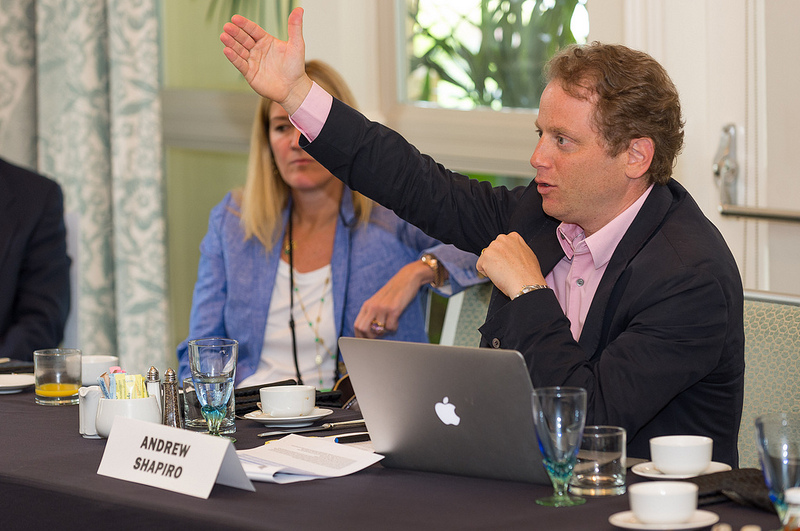
Andrew Shapiro, Founder and Partner at Broadscale Group, photo credit: Stuart Isett/FORTUNE Brainstorm Green
The last session of the second day best captures what being eco-conscious means. Rick Ridgeway, VP of Environmental Initiatives at Patagonia, really shows everyone at the conference just how much a person and a company can do.
The success of Patagonia, and in a large part due to the clothing line Esprit, have provided the financial resources to undertake what others would see as impossible. Using the profits in a manner that shows the owners practiced what they preached, a conservancy was set up that’s been buying up and saving much of the South American wilderness in Chile and Argentina. The land has been carefully conserved, initially as private land, which will be turned over to their respective countries as national parkland. The big deal is that the land acquired is indeed big. The non-profit California corporation Conservacion Patagonica has been able to set aside 165,000 acres in Argentina for the Monte Leon National Park. In Chile the results are 200,000 acres being acquired in the Chacabuco Valley. This is enabling the landscape to return to its natural state prior to earlier poor land management. The land and wilderness is as awe inspiring as any that can be found on earth. With the contributions of the founders and donors, along with governmental cooperation, the total area being set aside in Chile amounts to 650,000 acres (over 1,000 square miles) for the Patagonia National Park.
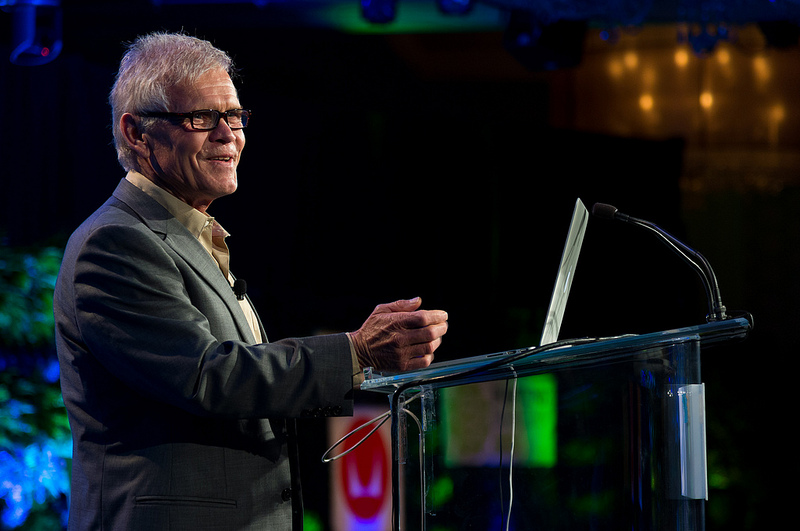
Rick Ridgeway, VP of Environmenal Initiatives at Patagonia, photo credit: Stuart Isett/FORTUNE Brainstorm Green
Rick explains that the reason that this effort came to be stems from the genesis of Patagonia. Yvon Chouinard, Doug Tompkins and the founders had a love of mountain climbing decades ago. This led them to South America and the region that later became the focus of their attention. The expeditions pushed the founders to create and sell climbing gear and clothes. As it turns out, the clothing lines provided a financial windfall, allowing them to give back to the area that provided them with great adventures and good fortune.
The Sound Of Sustainability
In the past few years, after the last session of the second day concludes, the attendees would be treated to five-star sustainable dinners and music provided by keyboard player Chuck Leavell. Mr. Leavell is well known for his conservation activities, as well as his music. Unfortunately, Chuck has another engagement playing with none-other than the Rolling Stones on their tour. So, Fortune Brainstorm Green opted for plan B.

(L to R) Billy Sheehan, Brian Dumaine, Ty Dennis, Lita Ford, photo credit: Stuart Isett/FORTUNE Brainstorm Green
Those lucky to be on hand experience a set provided by a number of the Rock And Roll Fantasy Camp musicians. Included in this ensemble are Ty Dennis, drummer (a truly personable musician, and played with The Doors band members Robbie Krieger and the late Ray Manzarek), Lita Ford, vocalist (The Runaways), Richie Furay, guitarist (Buffalo Springfield and Poco), Adam Gardner, guitarist and singer (Guster), and Billy Sheehan, Bassist (Talas, David Lee Roth, Mr. Big, plus he’s a five time winner of the “Best Rock Bass Player” readers’ poll from Guitar Player Magazine, and one hell of a cool guy). To only add a further element of surprise, Fortune Magazine’s own Senior Editor-at-Large and Co-Chair extraordinaire of FBG, Brian Dumaine, provides one rocking saxophone to round out the band throughout the night. After this evening wraps it’s almost hard to imagine how the speakers will be able to match this once the conference reconvenes the following morning.
As it turns out, the final session on the closing day could best be described as eclectic. The three-person panel consisting of will.i.am – musician (band member of the Black Eyed Peas, entrepreneur / philanthropist), Bea Perez – Chief Sustainability Officer at Coca-Cola, and Dean Kamen – President of DEKA Research & Development (inventor extraordinaire). Now, looking at these three it’s hard to imagine they really have anything in common. On the far end, will.i.am looks pretty funky dressed in superstar, green apparel. Dean on the other hand is in a rather plain, blue denim jeans and a shirt, ala Jay Leno. But, looks are deceiving.
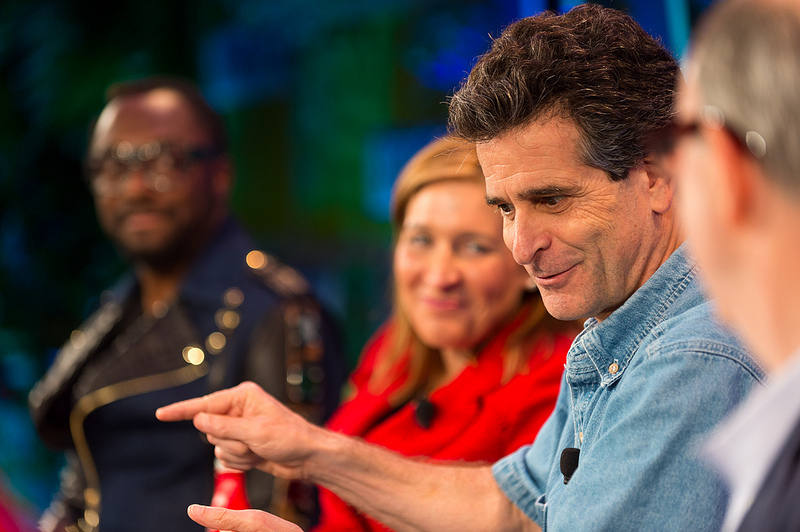
Dean Kamen, President of DEKA Research and Development, photo credit: Stuart Isett/FORTUNE Brainstorm Green
Both realized that the world doesn’t spend enough time engaging kids on STEM (science, technology, engineering and math). Dean created US First, an organization to get kids involved in those endeavors. In support of this, will.i.am provided the horsepower. When asked what he could do to help, in his words “I can make it loud”! This is how you turn nerdy into cool.
But, the story doesn’t end there. After not being able to take a “Quick Out” at the conclusion of a Black Eye Peas concert, will.i.am was able to witness the aftermath created by thousand of revelers. The level of garbage was crazy, and much of it was plastic. This is where the musician took responsibility. He needed a little help. He was able to work with Bea Perez and the people at Coca-Cola to recycle the waste that was created. In turn, he launched a number of eco brands that were focused on sustainability.
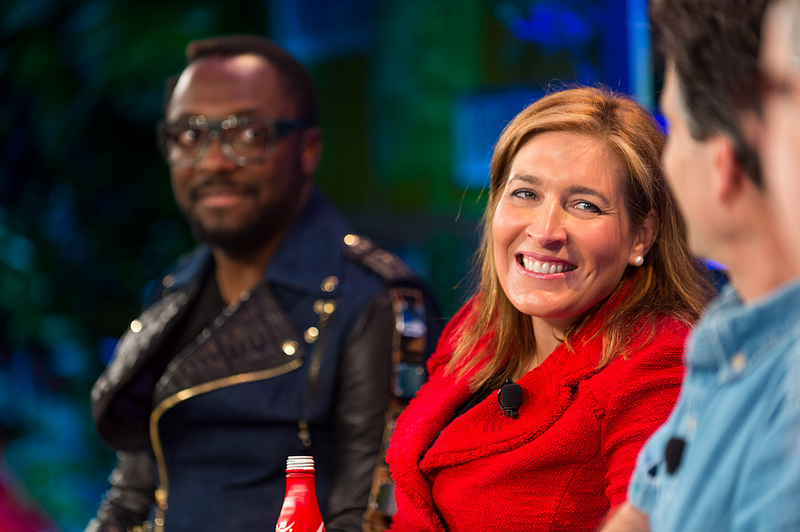
Bea Perez, Chief Sustainability Officer at Coca-Cola, photo credit: Stuart Isett/FORTUNE Brainstorm Green
Dean’s story shows equal determination and a common denominator. Dean Kamen is heavily involved with development of medical devices. Dean had what some might say was a moment of clarity after working for a decade on a process to purify water for use with new home dialysis equipment. He realized that the very same process that purifies tap water for dialysis could be used to create clean, safe drinking water for anyone in remote areas that don’t have that simple basic necessity of life. Hundreds of thousands each year in underdeveloped areas get sick, and many perish due to this.
Dean turned to Bea at Coca-Cola as well. No, Coke won’t make money on selling Dean’s purified water, but rather will foot the cost of getting these units, called the Slingshot, to villages around the world. Sure, this will expand the footprint and awareness of the beverage company, however that really isn’t the point. This cooperation will in the end save the lives of millions of people. In hindsight, this is really the case of individuals that have a chance to make a substantial difference, and do. This redefines the meaning of sustainable as not just something planned for the future; it’s about here and now!
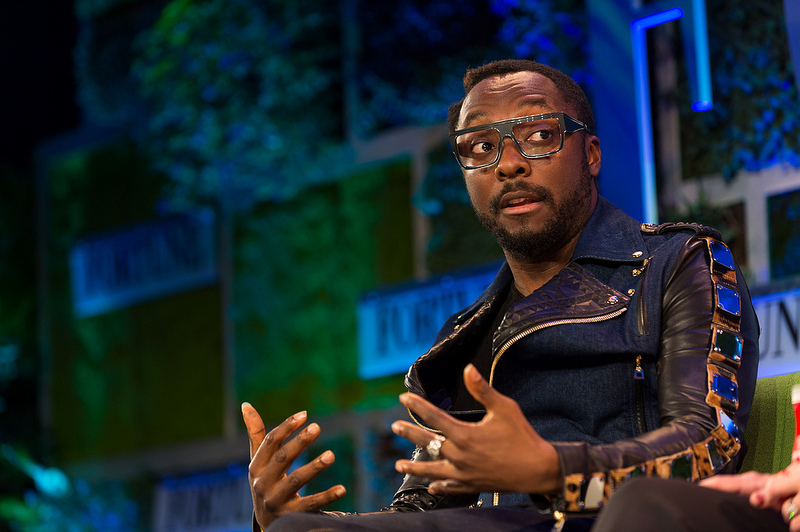
will.i.am, Musician/Activist, photo credit: Stuart Isett/FORTUNE Brainstorm Green
Find out more at http://tech.fortune.cnn.com/category/brainstorm-green


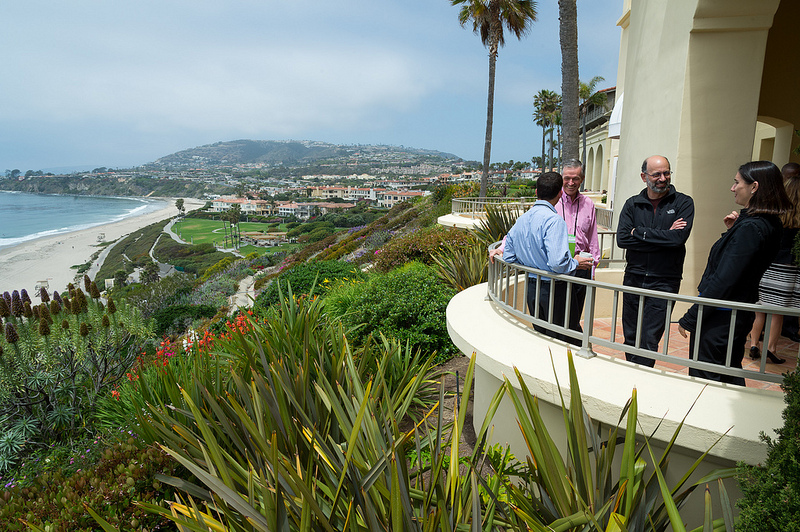
















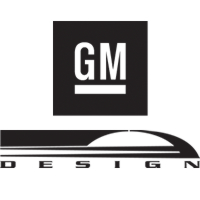











Leave A Comment